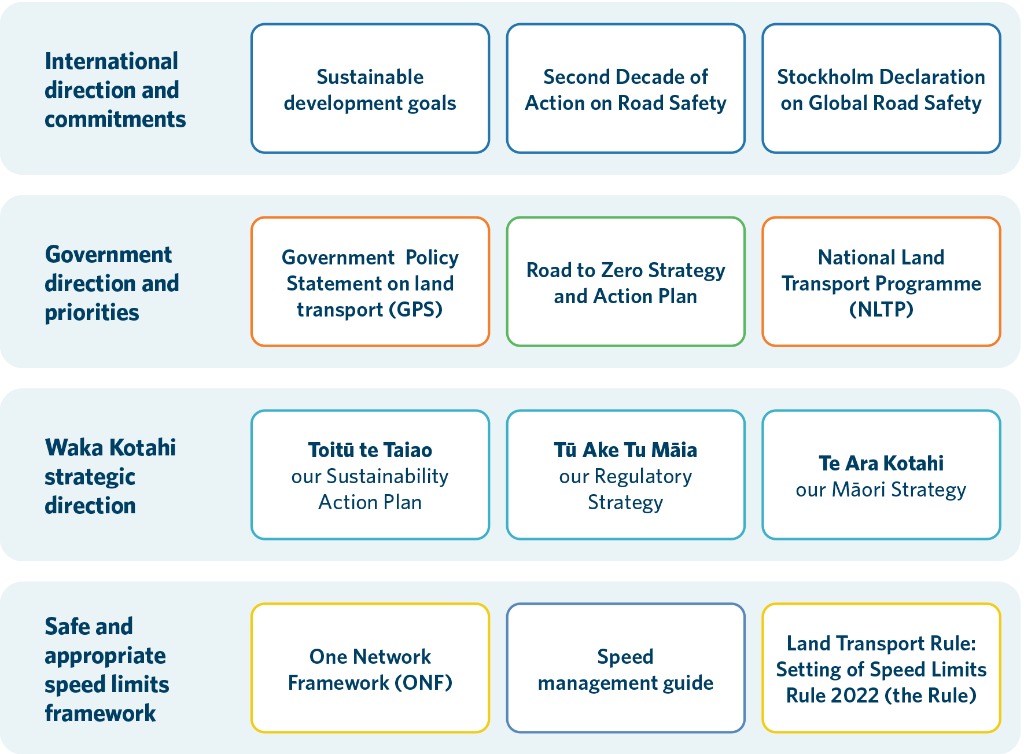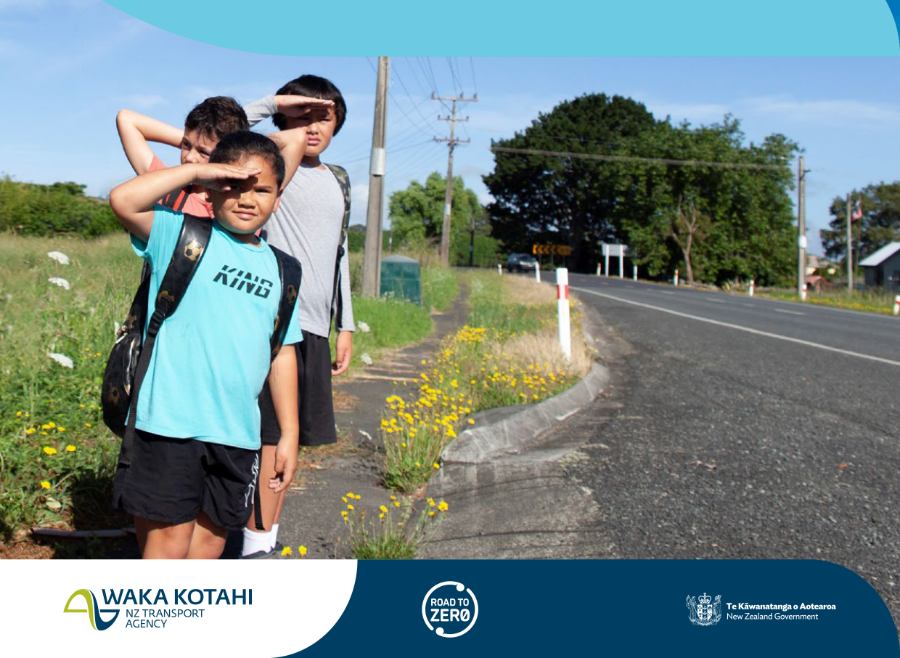The new Guide and Manual are based on the iRAP Star Rating and provide localised guidance to support regional transport committees, councils and road authorities to make roads safer and deliver consistent speed management.
They are supported by New Zealand’s Road to Zero Road Safety Strategy 2021-2030, which includes in its success outcomes framework the percentage of vehicle kilometres travelled (VKT) on the rural network that has a 3-star equivalent rating or better for safety.
The Infrastructure Risk Rating (IRR), developed by Waka Kotahi New Zealand Transport Agency (NZTA) in 2016, is an example of a local innovation Made Safer by iRAP building on the iRAP Star Rating Methodology to meet a local need.
Since development, the IRR has been used in a growing number of road safety applications in New Zealand and Australia to help road authorities move away from reactive means of establishing road safety risk. It is based on the Star Rating approach of coding road and roadside features to model the underlying risk of a road section but requires fewer inputs.
The IRR was first trialled on a 600km sample of New Zealand’s state highway network that included a wide variety of different road environments, including 215km of urban roads. IRR-coded data was compared with crash rates and Star Ratings to calibrate the model.
The IRR Technical Committee, supported by iRAP’s Global Technical Committee, oversaw the development of IRR and endorsed its use to proactively predict road safety risk in New Zealand and as a risk metric in the first 2016 version of the Speed Management Guide.
The new Speed Management Guide will support local authorities to develop high-quality speed management plans to deliver consistent implementation of safe and appropriate speeds aligned with the country’s 2030 Road Safety Strategy and Land Transport Rule: Setting of Speed Limits 2022.
The Guide represents a new phase in delivering speed management in New Zealand by being a principles-based approach to setting speed limits and managing speeds to reduce deaths and serious injuries consistent with Vision Zero – a New Zealand where no one is killed or seriously injured in road crashes.
Overarching strategic direction for speed management and road safety in New Zealand

- corridors, where lowering speed limits to safe and appropriate speed limits will save the largest number of people from death and serious injuries
- all streets surrounding schools, including streets outside school frontages and within 100m of a school boundary
- areas where the highest concentrations of active road users are expected
Through iRAP’s Innovation Framework there are several exciting initiatives underway globally that are Made Safer by iRAP and will help countries accelerate towards the global target of halving road death and injury by 2030.
For more information:
- On New Zealand’s Speed Management approach click HERE
- Download the 2022 Speed Management Guide,HERE
- Download the Infrastructure Risk Rating Manual 2022 Edition HERE
- Download New Zealand’s Road to Zero 2030 Road Safety Strategy HERE
- On KiwiRAP, visit http://www.kiwirap.org.nz/
- On iRAP’s Innovation Framework, click HERE
Image sources: NZTA


















